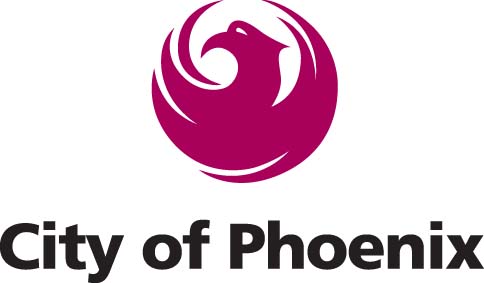Committed To Becoming More Age-Friendly
Phoenix, Arizona United States of America
- Public areas are clean and pleasant.
B. Green spaces and outdoor seating are sufficient in number, well-maintained and safe.
C.Pavements are well-maintained, free of obstructions and reserved for pedestrians. The condition of the pavement impacts the ability to walk on the local area, whenever pedestrians have to go across streets to get to their destination. Street Transportation currently monitors the condition of its streets and performs maintenance and rehabilitation in order to maintain a satisfactory condition not only for vehicular traffic, but also those who walk across the street at the designated crossing points. In addition, as part of the Transportation 2050 initiative, the total number of miles of rehabilitated pavement is scheduled to increase
D. Pavements are non-slip, are wide enough for wheelchairs and have dropped curbs to road level. There is a constant goal of upgrading the current sidewalks along the City Streets to the current standards of the Americans with Disabilities Act (ADA). Street Transportation has several programs that are aimed to improve accessibility along the right-of-way, including installing curb ramps along arterials, collectors and residential streets; repairing and installing new sidewalks to complete pedestrian paths; removing physical barriers from existing sidewalks; and maintaining constant education and training among its staff to ensure accessibility is incorporated into new projects
E. Pedestrian crossings are sufficient in number and safe for people with different levels and types of disability, with nonslip markings, visual and audio cues and adequate crossing times. Pedestrian signal phase times have been increased to accommodate the older pedestrians who have slower walking speeds. Traditionally, a walking speed of 4 feet per second was used to determine the appropriate pedestrian clearance times needed to accommodate pedestrians. However, the City now follows the lower 3.5 feet per second standard walking speed associated with older pedestrians for determining these clearance times. This enhances pedestrian safety for older pedestrians at signalized intersections. Many of the intersection crossings within the City have special features that aid pedestrians. This include visual countdowns signals that advise the remaining time left to cross the street. In certain areas, auditory signals alert pedestrians which direction of pedestrian movement is allowed, as well as alerting when crossing time is about to come to an end. In addition, the City also uses High-Intensity Activated Crosswalk (HAWK) beacons and Rectangular Rapid Flashing Beacons (RRFB) that improve pedestrian crossing safety at high demand locations.
F. Drivers give way to pedestrians at intersections and pedestrian crossings.
G. Cycle paths are separate from pavements and other pedestrian walkways. Street Transportation’s Bicycle Program is aimed at increasing the number of bicycle facilities such as bike lanes and bike paths throughout the city. The program provides bike facilities to bicyclists, promoting a safer environment for pedestrians on the sidewalks including older adults.
H. Outdoor safety is promoted by good street lighting, police patrols and community education.
I. Services are situated together and are accessible.
J. Special customer service arrangements are provided, such as separate queues or service counters for older people. Solid waster bin carryout services are provided at no additional charge to individuals living alone, who are elderly, ill or disabled, and are incapable of moving their solid waste or recycling container to the designated collection location.
K. Buildings are well-signed outside and inside, with sufficient seating and toilets, accessible elevators, ramps, railings and stairs, and non-slip floors.
L. Public toilets outdoors and indoors are sufficient in number, clean, well-maintained and accessible.


